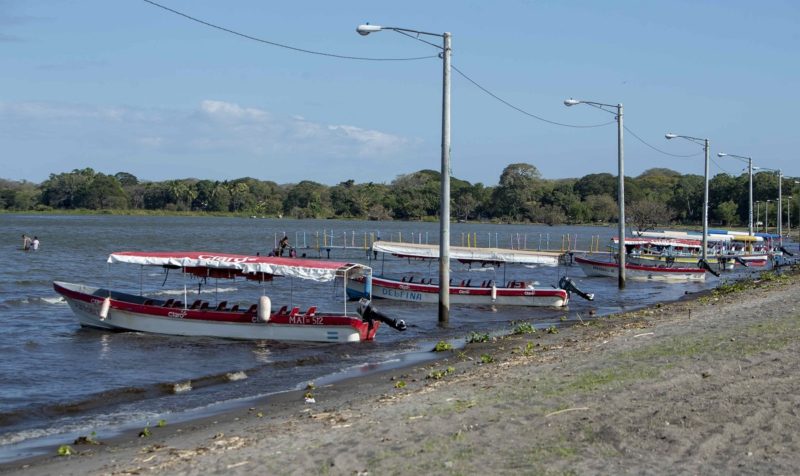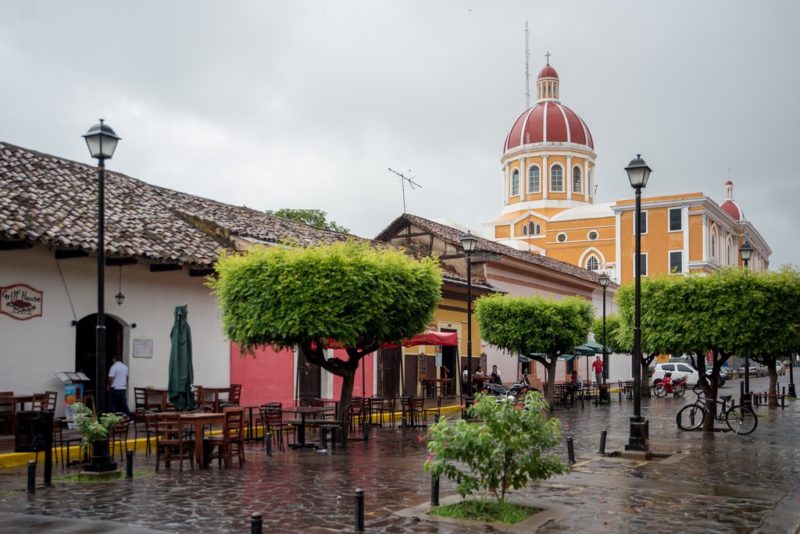Nearly Half of Nicaragua’s Tourism Businesses Closed, others Struggle to Survive

Funides’ study details how the number of companies, employees and sales in the sector that was one of the most buoyant prior to the crisis has been reduced
By Ivan Olivares (Confidencial)
HAVANA TIMES – In spite of suffering the reduction of 440 million dollars (-47.6%) in earnings and, of 45% in the arrival of visits, the tourism sector—especially, a part of the small and medium size companies (SMEs)—have found the way to continue operating. Even if it’s just to keep hope alive.
An “exploratory study” on the situation of tourist SMEs in 2019, prepared by the Nicaraguan Foundation for Economic and Social Development (Funides), found that 42% of companies in the sector closed operations “at some point,” since the April 2018 Rebellion.
Just over a third of them (36.3%) “temporarily closed due to lack of customers,” while the remaining 63.7% did it “due to the national context.” The study, presented by the leadership of the Superior Council for Private Enterprise (Cosep), showed that 49% of those that resumed operations, did so “to survive.”
Less are coming and are spending less
The other half (51%), reopened because they had “positive expectations,” although it met the harsh reality of a market that saw a sharp drop in the amount of money spent by the dwindling number of tourists who continued to arrive in the country.
Statistics offered by the Nicaraguan Tourism Institute (INTUR) show that the 44.4 dollars that a tourist spent on average per day in 2017, was reduced by 21.2%, to fall to the new reality of 35 dollars a day.
These same figures also reflect a decrease of 6% in the offer of rooms, and 9.9% in the number of establishments dedicated to the attention of tourists. The Nicaraguan Chamber of Tourism (Canatur), for its part, complements that bleak panorama, with a market that sees the number of flights reduced by over 30%, and the number of cruise ships it receives by 6.2%.

Despite the efforts of these business people, a year and a half of the repression that started the socioeconomic crisis, the sector reports that 68.6% now have fewer workers than in March (most of them, in the area of customer service), although almost a third of those who reduced staff, have achieved new hires.
The President of Cosep, Jose Adan Aguerri, stressed that “the effort that the hard-hit tourism sector continues to make, including very hard decisions to survive.”
They are still “betting on keeping their businesses running,” which keeps alive the hope that people will find the jobs they need. “This is the response of the private sector: to continue investing, to continue creating job opportunities,” he argued.
Shrink to survive
The economic crisis emptied the tables of cafes and restaurants, as well as the beds of large and small hotels, reduced the demand for transportion, tourist guides, translators, etc., but for some business people it went further, by cutting off their expansion plans, something especially complex for those who had already taken out a bank loan.
“As tourism was on the rise, there were business people who were making investments to expand their number of rooms or open new branches. Instead, they were left with a loan, and now they work to pay the bank or lose everything,” explained Carlos Schutze, Vice President of Canatur.
Funides’ study shows that 22.5 of these entrepreneurs managed to restructure their debts with financial institutions, and that in general, 51.1% face difficulties in dealing with the payment of other obligations, consequently more than 55% managed to negotiate payment agreements; almost 40% restructured their debts, and more than a fifth of them had to sell off assets to keep their payments up to date.
Additionally, it became clear that 7.3% had to seek additional resources (such as getting another job, or a new loan) to keep their doors open, while another 6.7%, simply reduced costs.
A small group (12.8) of those who requested loans, did so to “cover operating expenses and diversify their business,” understanding that this last element could help them get on their feet. The rest (87.2%), refrained from seeking additional money, because their businesses were so depressed that they do not need it because there is no business, or simply, because they know they cannot afford it.
The economists in charge of the study noted that tourism “SMEs” “face the same structural problems” as before “but these have worsened;” and how, although they have lower sales, and higher operating costs, especially due to the rise in energy costs, “they continue to resist the crisis, although they have become smaller.”
The result is that “they are not rehiring previously qualified personnel,” and they have serious problems to meet their financial obligations, so the wisest options that the majority took was not to assume debts that they will not be able to honor. Although that affects the banks and microfinance companies who lose the customers.

That is resulted of a socialist government.